The original article was written by SoftFormance https://www.softformance.com/blog/django-vs-flask/
With how the IT sector is looking right now, it’s hard to imagine that only 20 years ago, programmers were developing software practically from scratch. Yes, they had no templates and frameworks. Sounds terrifying, I know.
These days, no one develops software from scratch because it has become much more expensive and complex. To make this process faster and cheaper, different frameworks and templates appeared on the market, and they make programmers’ lives easier.
Software becoming more complex also resulted in stricter requirements and regulations for the development teams.
There are a bunch of different frameworks for each of the modern dynamic programming languages, but we want to focus on the most popular programming language.
The majority of developers now use Python. According to JetBrains, 84% of programmers use it as their primary coding language and 16% – as their second language.
Python has three main frameworks that developers work with: Django, Flask, and FastAPI.
They are used in different cases, and all three have their pros and cons. Thus, if you have been thinking about developing your website, app, or any other digital product, and you can’t choose between these frameworks, this article is for you.
Here, I will talk about their advantages and disadvantages, their detailed comparison, and the cases of their usage.
Choosing Django vs Flask vs FastAPI will help you manage your money wisely, save time and find the perfect team to develop your web product, so keep on reading.
What are Django, Flask, and FastAPI?
Django is a high-level Python web framework created by Adrian Holovaty and Simon Willison in 2003. Django follows the Model-Template-View (MTV) pattern, and it was invented to meet all fast-moving deadlines and the most complex requirements of modern development teams.
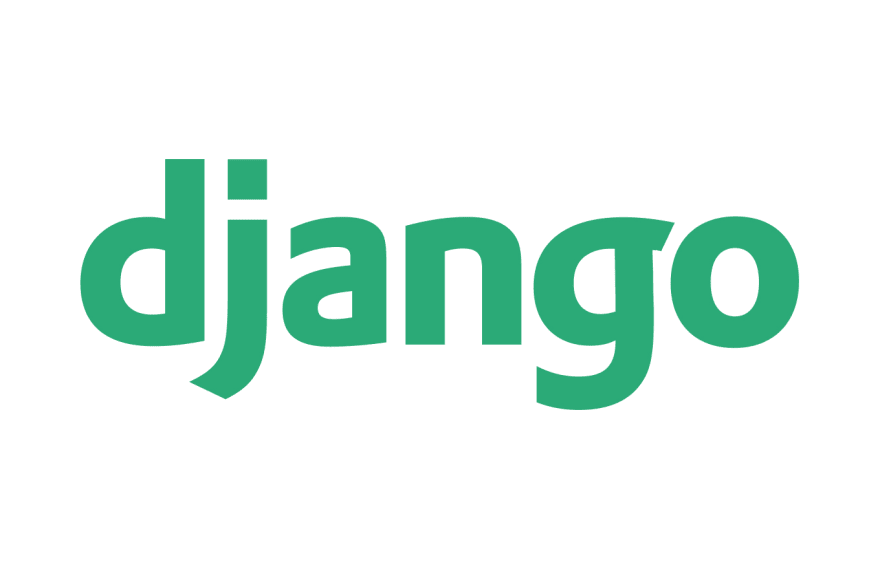
The main goal of the creators of Django was to make the development process simpler. They wanted to be able to create web applications and launch them in a matter of hours, not even days.
One of the reasons why Django is so popular is its straightforwardness and the fact that it is free and open source.
This explains why it’s one of the most widely-used development frameworks used globally, even by tech giants like Youtube, Instagram, etc.
Flask is another Python-based microframework widely used for web application development. It is even more popular than Django. Compared to the previous year, Flask usage has grown by 15%, and now it has become the most popular framework.
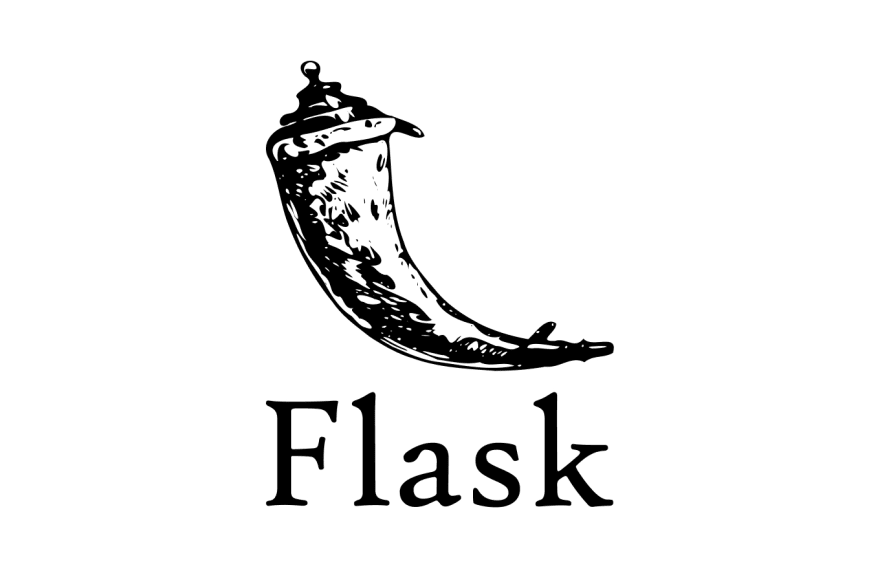
Did you know that Flask was initially just an April Fool’s joke? Armin Ronacher, its creator, has first written two other solutions called Werkzeug and Jinja2. He decided to put them together in a zip file, and that’s how he wrote the Denied Framework.
When developers opened this file, the installation program automatically unzipped the file and run the two solutions. That’s how Flask was born.
According to the official Flask website, its success created a lot of additional work in issue tickers and pull requests.
The reason why Flask is categorized as a microframework is that it does not depend on external libraries to perform the tasks of a framework. Flask has its tools, libraries, and technologies that help support all functionalities of web app development.
FastAPI is a fast, high-performance web framework for building APIs with Python 3.6+ based on standard Python type hints.
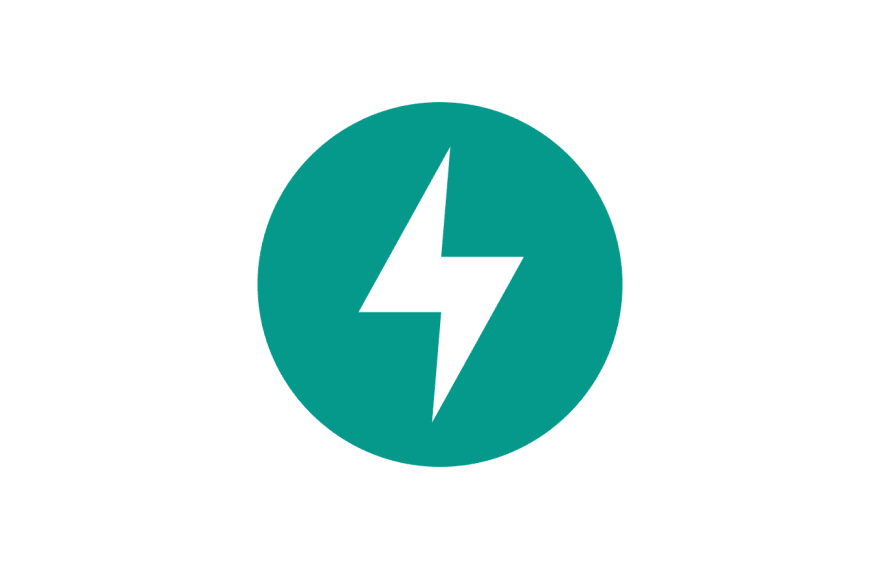
According to Github, FastAPI is one of the fastest Python frameworks available. It is built to optimize the development experience so that a team can write simple code to build effective APIs.
Compared to Django and Flask, FastAPI is indeed fast! This score chart from Techempowershows the difference in performance between the three frameworks.
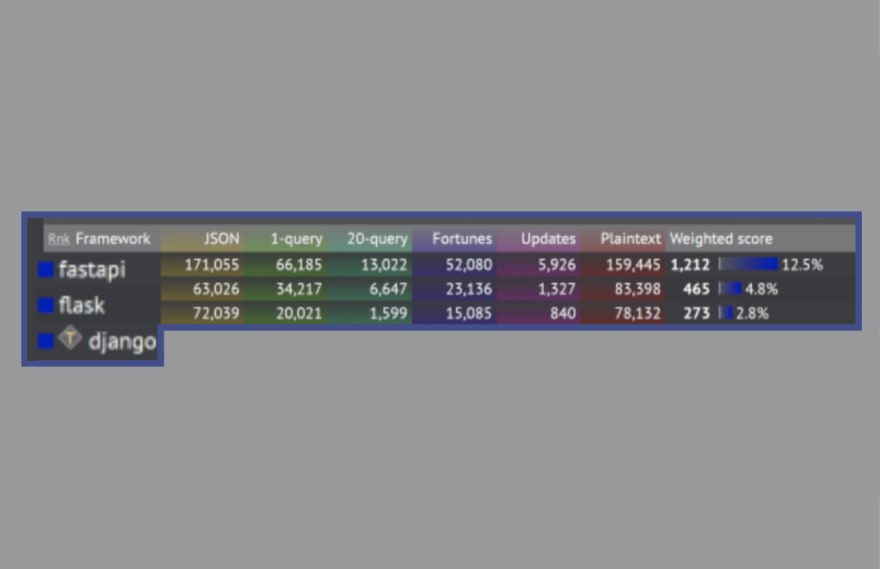
Shortly, FastAPI supports asynchronous code and has great documentation, and it’s quite different from Django and Flask. Thus, let’s discuss its pros and cons later.
Django: Pros and Cons
Django is popular for a reason. Its advantages convince more and more developers to use it for web app development, so let’s discuss them.
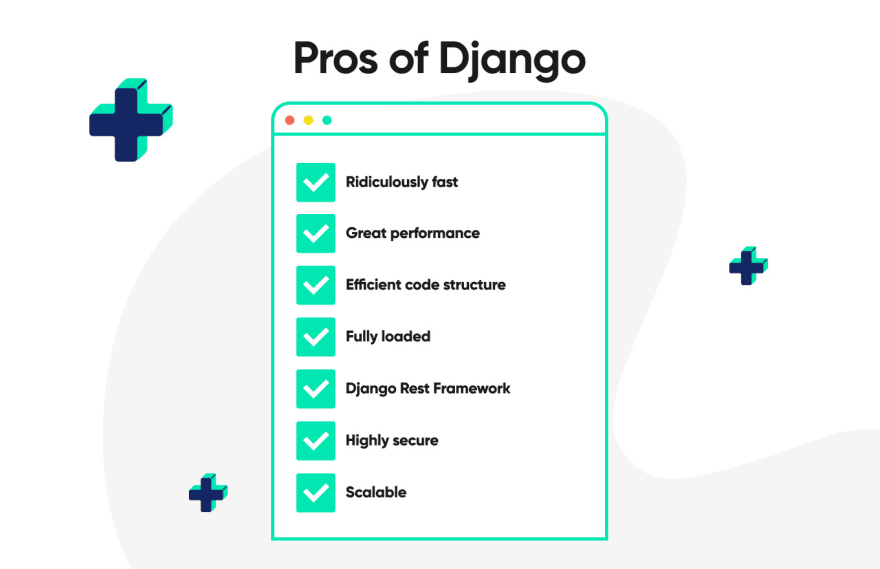
Ridiculously fast
This framework was designed to help developers build apps as fast as possible, in a matter of days.
Great performance
Performance is an essential indicator of functionality. Django’s performance has awesome results, and it is used by high-traffic websites and applications such as Youtube and Instagram. It shows how effective this framework is.
Efficient code structure
The framework’s code structure makes it easy for developers to add more functionality to their websites and apps.
Fully loaded
Django has numerous extras that can be used to handle common web development tasks. The tasks Django can handle include content administration, RSS feeds, user authentication, site maps, and many other tasks.
Django Rest Framework
Django has a powerful toolkit for building Web APIs. It is called Django REST. This framework is used by companies like Heroku, Mozilla, Red hat, and Eventbrite. It is fully customizable and has great community support.
Highly secure
Django is also known for its security. It helps developers avoid such security mistakes as SQL injections, cross-site request forgery, cross-site scripting, and clickjacking. It also provides a secure way to manage user passwords and accounts.
Scalable
Django ensures scalability as it allows making changes in different layers without additional costs and effort. It also ensures maintenance as the code can be reused and maintained properly so it cannot be duplicated.
Cons
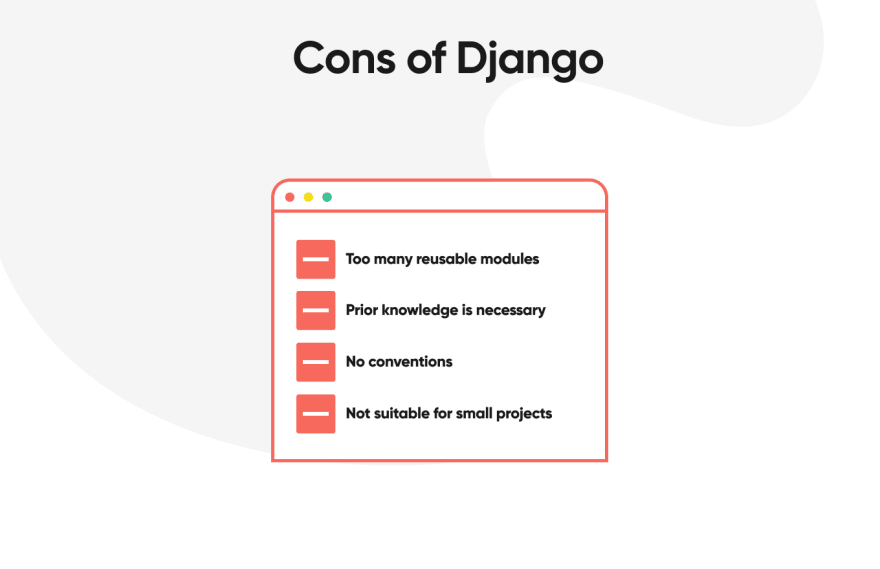
Too many reusable modules
Django’s software has too many reusable modules, and it can affect the development speed. Its slow nature can also be explained by the fact that it is necessary to ensure that all previous versions are compatible with the new ones.
Prior knowledge is necessary
It is a complex framework to work with so it requires prior knowledge of its specifics and way of work.
No conventions
This framework does not have a set of principles developers can use for development, and that is the reason why some programmers may dislike Django. The lack of conventions also slows down the development speed.
Not suitable for small projects
You can build small and big projects with Django. But it got a lot of batteries under the hood, so it’s better suitable for a bit bigger projects. If you want something super simple, Flask might be a better option.
Flask: Pros and Cons
Now, let’s move to the next framework. Flask is different from Django in many aspects, and some of its advantages convince developers to choose it instead of Django, or vice versa.
Pros
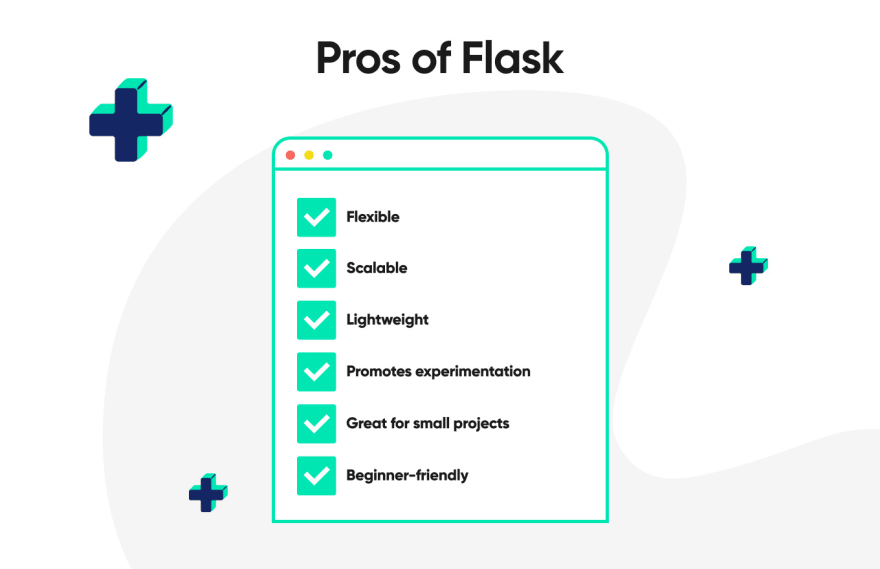
Flexible
Flask is an incredibly flexible framework. You can add changes at almost any step of the development process, which is its unique characteristic.
Scalable
Flask is a microframework. It means that it can be used to grow a tech product very fast. For example, you want to start small, but have a goal to grow your product in the future. Yet, you haven’t decided in which direction to move. Flask will give you time to consider the possibilities and scale up.
Lightweight
Flask does not rely on numerous extensions. Its design is simple and lightweight while also being incredibly functional. Its functionality can be split into several interchangeable modules. All these parts are flexible and easy to change, move, and test on their own.
Promotes experimentation
Every Flask project has its own set of libraries and frameworks built in. As a result, Flask is very fun to use for developers. It promotes experimentation and is very easy to use for most programmers.
Great for small projects
Unlike Django, Flask has a smaller codebase size. Moreover, it is easier to use and more flexible, which means that it is more suitable for smaller projects.
Beginner-friendly
Due to its simplicity, Flask gives developers time to learn and comprehend its principles better. Thus, it is more suitable for beginners than Django.
Cons
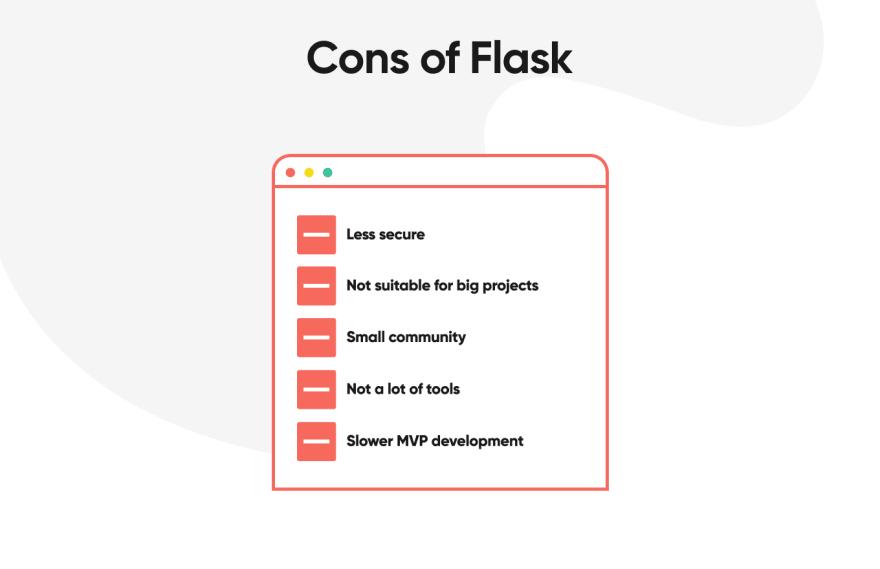
Less secure
Flask uses Modules, which means that it is more prone to security breaches. It also has no CSRF protection. Cross-Site Request Forgery is an attack that uses the victim’s credentials to perform various actions on behalf of the victim. To address this issue, developers often use Flask-WTF extension to enable CSRF protection.
Not suitable for big projects
Using Flask for big apps can be incredibly time-consuming. It is better to use for simple and innovative cases rather than for big projects that require complex features and fast development time.
Small community
Flask’s community is smaller than Django’s one. It may be more challenging to find a solution to some issues as there are fewer people to answer your questions.
Not a lot of tools
Since Flask is a microframework, it does not have a lot of tools to choose from. Developers often need to add extensions manually. For instance, they frequently add libraries. If you add too many extensions, it can slow down the development process because the framework would need to process a lot of requests.
Slower MVP development
If you need to build an MVP, using Flask will require more time to do it. The reason is that in Django, you can add a frontend quicker to collect feedback.
FastAPI: Pros and Cons
FastAPI is a relatively new framework, and its believed to be the fastest out of the three. Some developers even state that is the best out of the three frameworks.
Well, is FastAPI betten than Django?
We can’t give you a definite answer because they are completely different, and the choice depends on the type of your project. Let’s read about FastAPI’s pros and cons and then decide.
Pros

Incredibly fast
This framework got its name for a reason. It’s at the same level as NodeJS thanks to Starlette and pydantic.
Supports asynchronous code
Probably the most exciting feature of this framework. FastAPI supports asynchronous code out of the box using the async/await Python keywords. The asynchronous code allows to significantly reduce the execution time.
Standards-based
FastAPI is based on the open standards for APIs: JSON Schema, Open API, and OAuth 2.0.
Automatic docs
Open API, Swagger UI, and ReDoc come packed automatically with FastAPI. As a result, all documentation is automatic and developers don’t have to worry about it. It allows them to focus on the code rather than on setting up the tools.
Cons
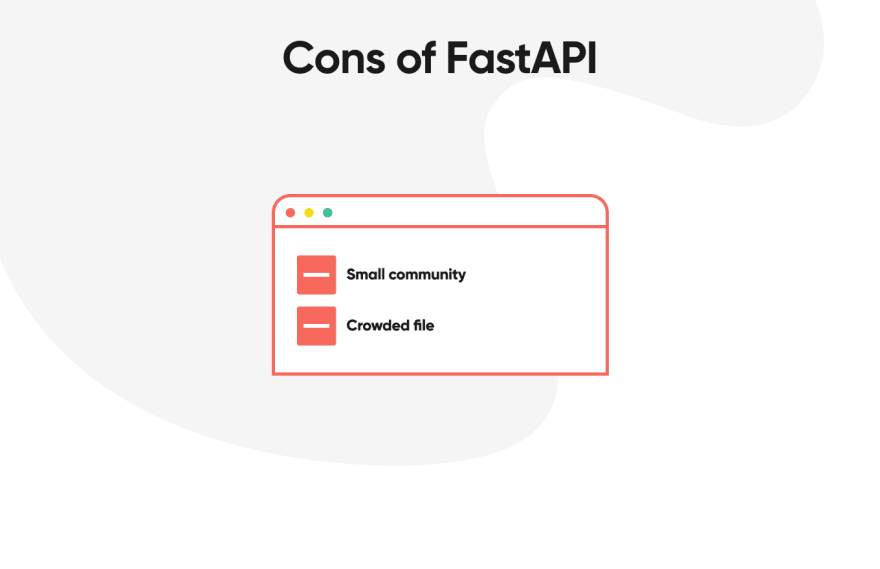
Small community
Python FastAPI is a relatively new framework. Hence, its community is smaller than Django and Flask ones. Even though it has detailed documentation, it will be challenging to find external educational materials.
Crowded file
During the development process, you need to tie everything together in the FastaAPI application. As a result, the main file becomes too crowded.
Comparison of Django, Flask, and FastAPI
Now that we have covered the main advantages and disadvantages of the two frameworks, let’s look at the comparison of Flask vs Django vs FastAPI based on certain parameters and help you decide which one to choose.
Django:
Type of Framework: Full-stack framework
Project Layout: Suitable for multiple-page applications and big projects
Working of Framework: Follows an object-oriented approach. It allows linking databases and tables with classes
Bootstrapping Tool: Has the inbuilt bootstrapping tool called Django-admin. It allows the creation of apps without any externally added features
Database Support: Django supports MySQL, Oracle, etc.
Flexibility: Not as flexible as Flask due to multiple built-in features and tools. Developers can’t add changes to the modules
Control: Developers do not have full control over the functions and modules
Template Engine: Inspired by the Ninja2 template. However, Django has its built-in model view template that makes the process of development much easier
Debugger: Does not support virtual debugging
HTML: Supports dynamic HTML pages
Usage: Suitable for complex projects and high-end technology companies like Youtube, Instagram, Udemy, and Coursera
Flask
Type of Framework: Microframework that is lightweight and offers multiple features without external libraries
Project Layout: Suitable for single-page applications and small projects
Working of Framework: Works on a modular approach. It allows working through extensions and manually added libraries
Bootstrapping Tool: Flask does not have any built-in bootstrapping tool
Database Support: Flask does not support the basic database management systems. It uses SQLAIchemy for database requirements
Flexibility: Flask is incredibly flexible because it has no built-in extensions. Developers can manually add libraries and make changes
Control: Flask allows having full control over the creation of an app without depending on any external libraries
Template Engine: Used Ninja2 template design
Debugger: Has an in-built debugger
HTML: Does not support dynamic HTML pages
Usage: Suitable for projects and companies that are willing to experiment with the module. For instance, Reddit, Netflix, Airbnb, etc.
FastAPI
Type of Framework: Fast (high-performance) web framework for building APIs with Python 3.6+
Project Layout: Suitable for multiple-page applications and big projects
Working of Framework: Works on a modular approach
Bootstrapping Tool: FlaskAPI does not have a bootstrapping tool
Database Support: Supports most relational databases: SQLAlchemy, PostgreSQL, MySQL, etc.
Flexibility: Flexibility is provided by Pydantic models while keeping the code simple and short
Control: FastAPI is similar to Flask. It is simple to use, developers have control over the process, and it is easy to integrate other components with FastAPI
Template Engine: You can use any template engine with FastAPI. A common choice is Jinja2
Debugger: Has an in-built debugger
HTML: Can be used for building web apps that serve HTML using Jinja
Usage: Tech giants like Microsoft, Netflix, and Uber use FastAPI for building their APIs
Projects built with Django
Django is usually used to build scalable complex web applications or websites with a growing audience. The majority of famous projects built with Django are SaaS apps, marketplaces, social networks, content-based portals and news sites.
Let this list of websites not only demonstrate how you can use Django but also inspire you to apply its features to your new projects.

Instagram is probably the most popular social network these days. It has enormous amounts of data and various user interactions such as likes, stories, shares, replies, etc. Django allows Instagram developers to handle all of it without any major issues as well as add new features constantly and scale the app.
Spotify
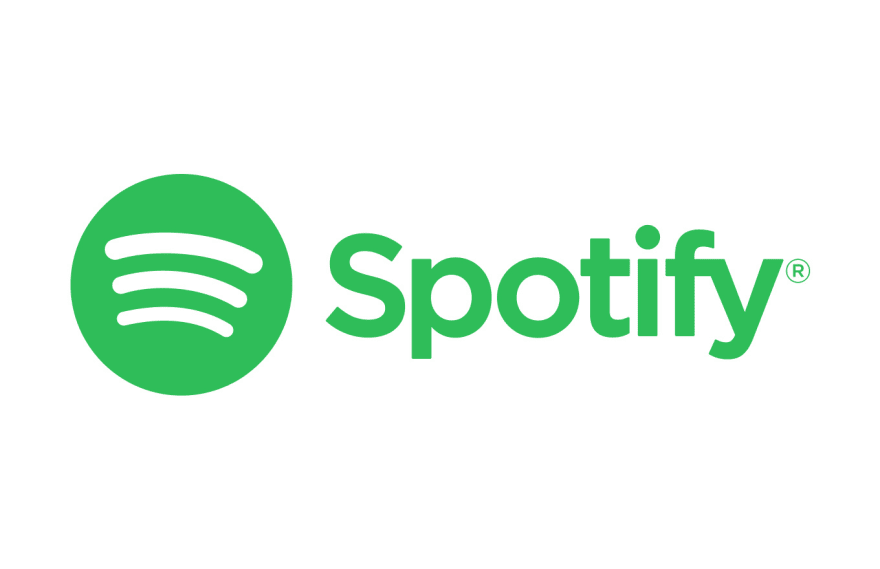
The developers of Spotify chose Django for two main reasons: fast backend and machine learning options. This app is known for its personalized music recommendations, weekly playlists, and the ability to create your own playlists. Recently, Spotify also added the lyrics feature. If the app had been built with Flask, it would not have even half of these features.
Youtube

At first, Youtube was built with PHP, but its audience grew quickly, and there was a need for more features and stability. Thus, the team joined the Django community, and the app grew even quicker. Django allows the Youtube team to add new features regularly and grow the audience.
DropBox

DropBox is the most famous cloud-based storage app for all types of files: documents, graphics, videos, etc. You can store your data on DropBox and access it from any device.
The team used Django to make the backend and client desktop software. This choice allowed the team to build the product quickly and add the user history option. Two main features that would be impossible to add if it was not built with Django are the file sharing option and the ability to synchronize accounts across devices.
Projects built with Flask
The use of Flask has increased from 41% in 2017 to 47% in 2018. More and more leading companies are using this framework when building their apps. The reason why they choose Flask is that it gives them more control and allows them to experiment. It also allows adding any extensions they wish. No wonder why Reddit and Airbnb teams chose Flask.

Reddit is a Social News Aggregation platform. It is mostly used to discuss various topics and rate content, and it started with Flask for its backend. On Reddit, users register and have the ability to post, comment, and share content. Reddit user community is huge, but it does not have such complex features as Instagram or Twitter so it functions well on Flask.
Patreon
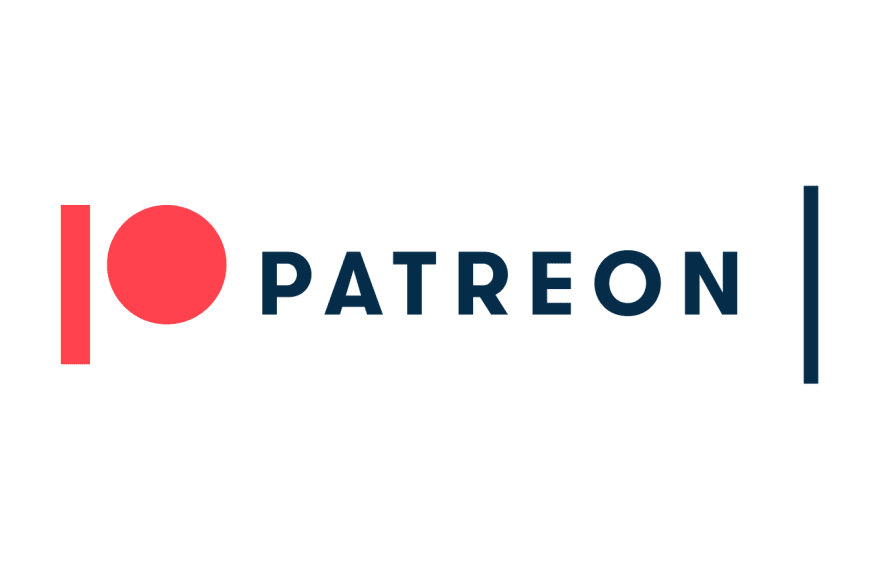
Patreon brings content creators and their followers together and allows them to share unique content with the subscribers. While people buy a monthly subscription to their favorite blogs, content creators can earn monthly income. This membership platform is rather simple as it does not have many features, and that is why Flask was a perfect fit for its backend.
Netflix
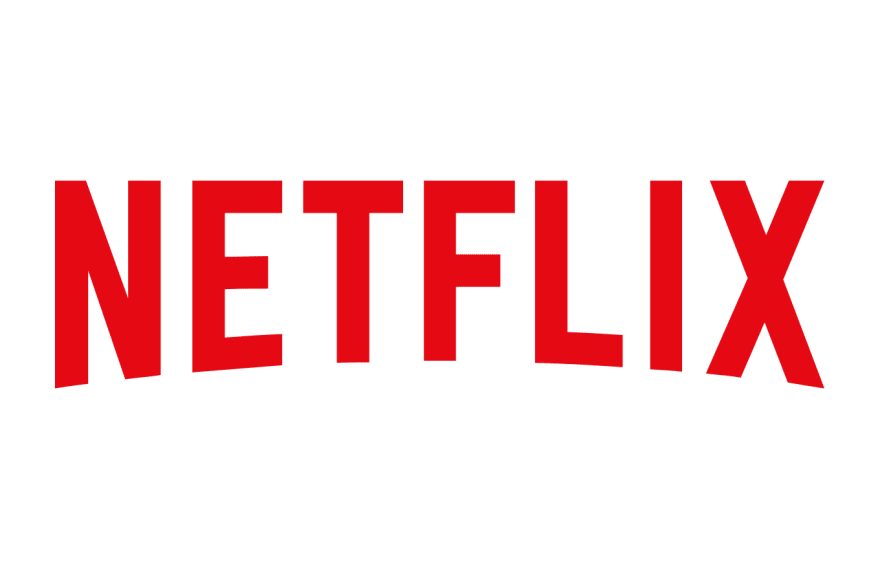
Netflix is the most popular video streaming service. It manages tons of data, but it does not have many features that would require a Django backend. On their tech blog, they talk about the technology behind their platform. For example, in this article, they talk about their backend being built with Flask and talk about its scalability, extensibility, usability, and why they chose Flask as the main framework.
Airbnb
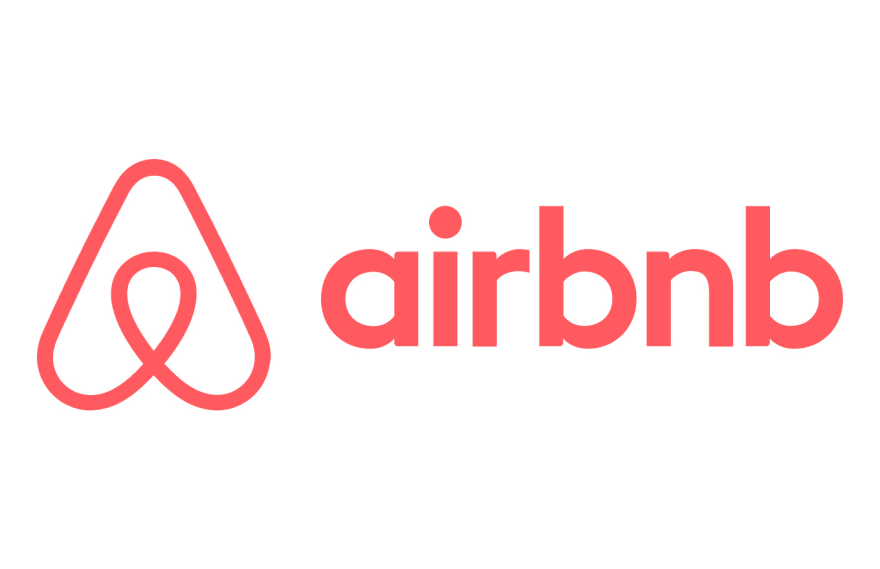
All travelers know this app. Airbnb allows people to search for accommodation all over the world, communicate with people renting their apartments, and leave reviews. This website uses Flask for a smaller tool they have: Airflow.
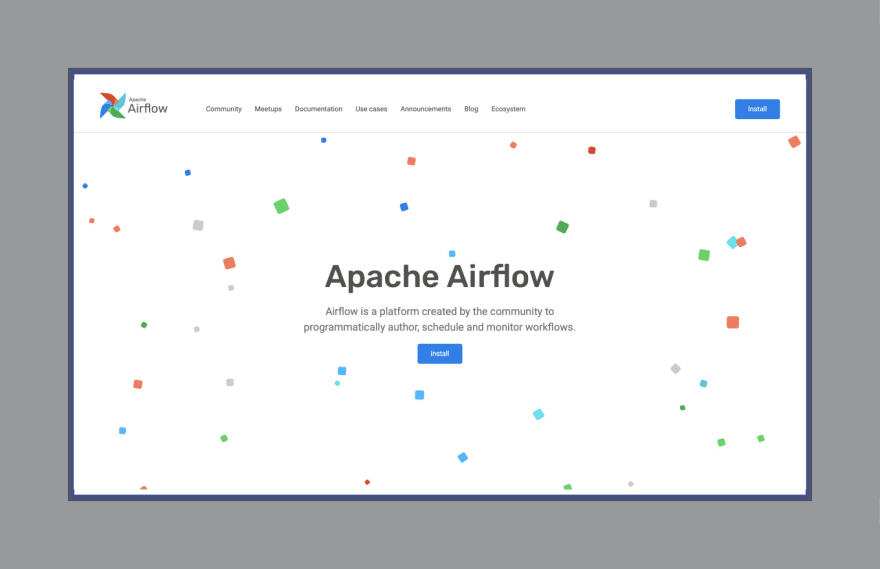
Airflow is a platform they built to “move fast, keep their momentum as they author, monitor, and retrofit data pipelines.”
Projects built with FastAPI
Netflix (Dispatch)

Netflix has recently started using FastAPI for their new crisis management orchestration framework called Dispatch. According to the company, Dispatch helps their team effectively manage security incidents by integrating with existing tools used throughout an organization (Slack, Jira, GSuite, etc). Dispatch uses the following components: Python 3.8 with FastAPI, VueJS UI, and Postgres.
SoftFormance Case
Which framework do we usually choose for a marketing SaaS or a marketplace? The choice depends on the size of the project, the client’s requirements, and the features that should be added.
In 90% of the cases, we stick with Django because we usually work with mid-sized and large projects. If our clients want to move and deploy fast, be able to make changes along the way, and save their budget, then Django is the best choice for them.
Once, we were working with a marketplace community that had a fast-growing community of users, and they needed fast and accessible scaling. That’s why we used Django. We handled the project without a single issue, even when their business developed in rapid terms.
If we need to build a unique marketplace app, we use Flask. It is light, flexible, and simple so it gives our team room to experiment and create. Moreover, if a client wants to build an app with a customizable structure, Flask is a perfect fit.
We have not been using FastAPI yet, but considering its growing popularity on the market and excellent features, we will undoubtedly utilize it soon.
Wrapping up
Django, Flask, and FastAPI are Python frameworks used by developers worldwide. Even though they all are based on Python, they have considerable differences.
Django is an open-source framework for rapid development and apps with complex features. It allows you to achieve maximum efficiency in the shortest terms. It’s perfect for marketplaces, fintech companies, building SaaS solutions, and social networks.
Flask is a microframework. It is more suitable for unique projects, where there is a need for experiments, more flexibility, and creativity.
FastAPI is by far the fastest framework, but it’s not used as frequently as the other two.
In this article, you learned about their main advantages and disadvantages and the key differences between the two frameworks. Hopefully, you will be able to choose which one works best for you and your future project.
If you want to build a full-stack website or an app with a ton of features, choose Django.
Flask would be a perfect fit for you if you want to quickly prototype a very simple web app or a very huge and unique app. It’s a kind of “on-the-edges” framework.
Finally, FastAPI is a great fit for someone who wants to experiment and be among the first companies on the market using this amazing framework.
Whatever you choose, make sure that your choice is based on what you will use the framework for, and it will help you save your time, and money, and receive the product you were hoping for.
If you are looking for a team to develop your app or need a consultation to help you choose between the frameworks, feel free to contact us.



Top comments (0)